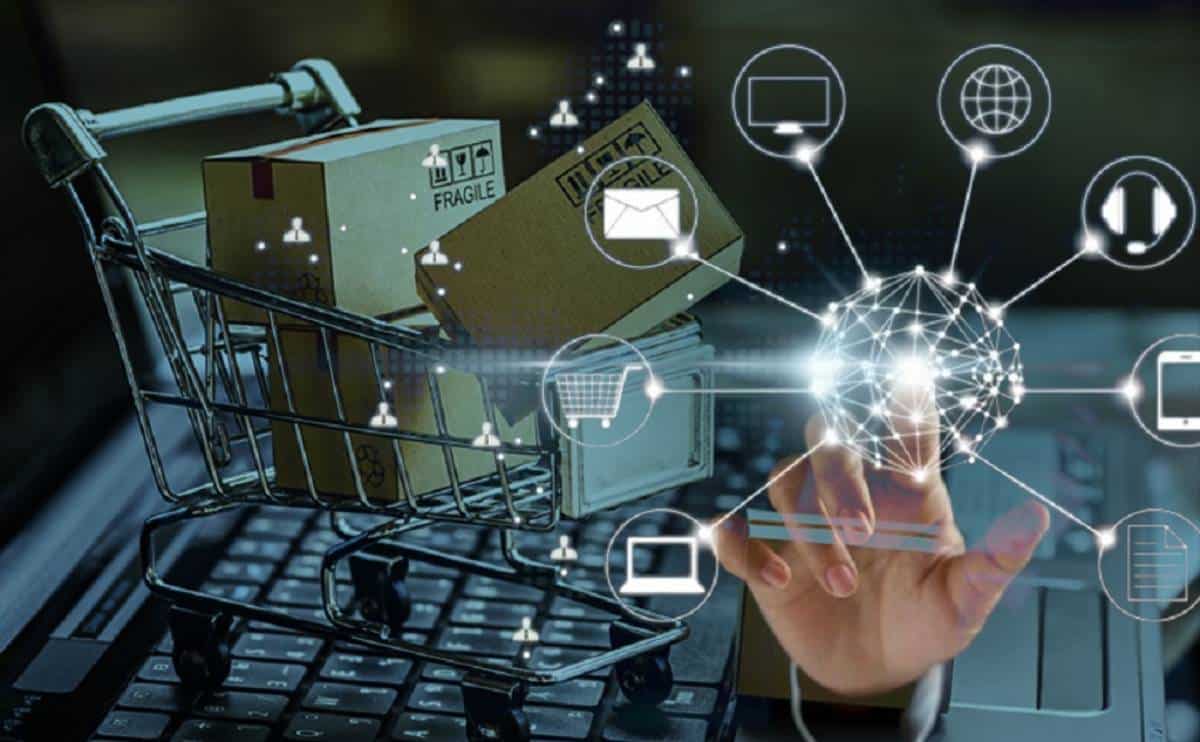
Leveraging First-Party Data for Better Customer Insights
Have you ever felt like a brand truly “got you”? Like they knew exactly what you needed — sometimes even before you did? That’s the magic of using first-party data effectively to gain rich customer insights.
First-party data is the new gold in a world of stricter privacy rules and fewer third-party cookies. It’s accurate, relevant, and most importantly, it comes directly from your customers. Using this data leads to a more innovative and more personalised era of marketing.
In this article, we’ll explain first-party data. We’ll discuss why it matters now and how you can use it. This will help improve customer experiences and grow your business. Ready to transform how you connect with your audience? Let’s dive in!
What is First-Party Data?
First-party data is the information you gather straight from your customers using your own channels.
Think about:
- Website analytics
- App interactions
- Email Engagement
- Customer surveys
- Purchase history
- Loyalty programmes
Since it comes from your audience’s consent, it’s usually more reliable. It also respects privacy better than second- or third-party data.
Quick Analogy
Imagine hosting a dinner party. First-party data is like getting feedback directly from your guests — “Loved the lasagna! Could’ve used more dessert.” Would you trust their opinion more than a rumour you heard third-hand? Of course you would.
Why First-Party Data is a Game-Changer for Marketers
1. Higher Accuracy and Relevance
The data comes from your users, so it reflects their real habits and choices. This is not based on guesses or assumptions.
2. Improved Personalisation
Tailor your messaging, product recommendations, and offers based on genuine insights. Goodbye, generic campaigns. Hello, relevance!
3. Compliance and Trust
With GDPR and CCPA, privacy expectations are increasing. Using data that people share willingly can enhance your brand’s trust.
4. Competitive Advantage
Many brands still heavily rely on third-party data. By mastering first-party strategies now, you’re not just keeping up — you’re getting ahead.
Practical Ways to Collect First-Party Data
Gathering first-party data doesn’t have to feel like pulling teeth. When done right, customers will happily share information with you.
1. Optimise Website and App Tracking
Use tools like Google Analytics, Hotjar, or Mixpanel to track on-site behaviours:
- What pages are most visited?
- How long do visitors stay?
- Where do they drop off?
2. Launch Interactive Content
Quizzes, calculators, and polls are great for gathering preference data. They also make the experience fun and engaging.
Example: An online beauty retailer might offer a “Find Your Perfect Foundation” quiz. In exchange, users share their skin type, shade preferences, and beauty goals.
3. Create Loyalty Programmes
Encourage customers to create profiles and engage more. To motivate them, offer points, perks, or personalised rewards.
4. Personalised Email Campaigns
Track open rates, click-throughs, and user journeys from email campaigns. This helps you gain insights into what works well.
5. Encourage Feedback and Reviews
Surveys after a purchase or simple feedback forms can reveal valuable insights. They help us understand customer experiences, preferences, and pain points.
How to Turn First-Party Data into Actionable Customer Insights
Collecting data is only half the battle. Magic occurs when you turn raw data into strategies that improve customer experiences.
Step 1: Segment Your Audience
Group customers based on shared behaviours, demographics, or interests. This allows for highly tailored messaging.
Example: If you own an online pet store, you might segment based on pet type: cat owners vs dog owners. Different needs, different offers.
Step 2: Map the Customer Journey
Understand the touchpoints your customers interact with. Where are they discovering you? Where are they dropping off?
Use tools like:
- Customer journey maps
- Heatmaps
- Funnel analysis
Step 3: Personalise Communications
Use your insights to deliver highly relevant content:
- Product recommendations based on browsing history
- Birthday discounts
- Location-based offers
Step 4: Predict Future Behaviours
With enough data, you can anticipate needs. Predictive analytics tools can forecast:
- Likelihood to repurchase
- Potential churn risks
- Interest in new products
Pro Tip: Reminding customers to restock a product can make them happy and increase loyalty.
Real-World Success Stories
Netflix: The King of Personalisation

Netflix is a master of leveraging first-party data. Like a curator of cinematic treasures, they decode your viewing habits. With every click, they whisper recommendations for your next binge-worthy obsession. Over 80% of what you delight in comes from their personalised suggestions.
Starbucks: Brewing Data-Driven Experiences
Through its app and rewards programme, Starbucks collects massive amounts of first-party data. It uses this data to send personalised offers, suggest new products, and choose store locations.
These brands aren’t guessing what you want. They know — and it keeps customers coming back for more.
Potential Challenges and How to Overcome Them
1. Data Silos
Having data trapped across different departments can prevent a unified customer view.
Solution: Implement integrated CRM systems like Salesforce or HubSpot to consolidate insights.
2. Privacy Concerns

Customers are increasingly cautious about sharing data.
Solution: Be upfront. Clearly explain how data will be used and offer meaningful benefits in exchange.
3. Analysis Paralysis
Collecting loads of data can feel overwhelming.
Solution: Focus on key metrics aligned with your goals. Sometimes, less is more when it comes to actionable insights.
4. Technology Gaps
Not every business has access to advanced analytics tools.
Solution: Start small. Even basic analytics can yield powerful insights if used wisely.
Future Trends: The New Era of Data-Driven Marketing
First-party data isn’t just a current trend; it’s the future. Here’s what lies ahead:
- Cookie-less Personalisation: Brands will create rich experiences without relying on third-party cookies.
- AI and Machine Learning: Expect smarter segmentation, deeper insights, and faster personalisation.
- More Consumer Control: Customers will have greater power over their data. This will set brands apart.
Preparing now means you’ll not just survive the changes — you’ll thrive.
Conclusion: Leveraging First-Party Data for Better Customer Insights
First-party data helps you create closer, more meaningful bonds with your customers. By using it wisely, you create experiences that feel less like marketing and more like magic.
The options are endless. You can personalise offers and predict needs, limited only by your imagination. But remember: with great data comes great responsibility. Always be transparent, respectful, and customer-centric.
Are you ready to harness the true power of first-party data? Begin today by checking your current strategies. Improve how you collect data, then use what you learn to take actions that please your audience.


